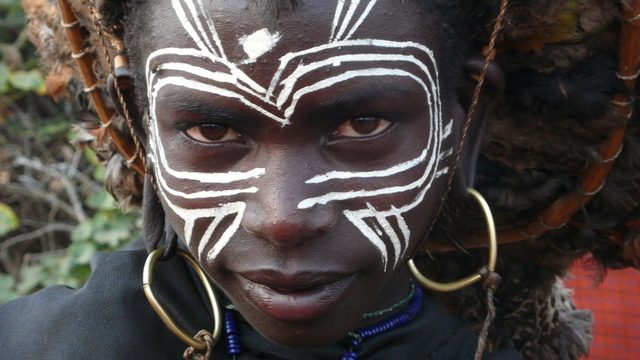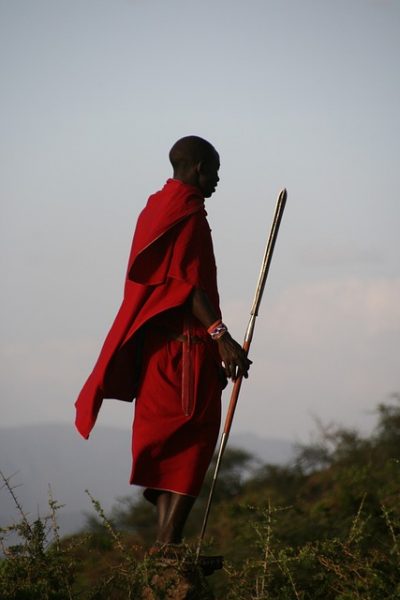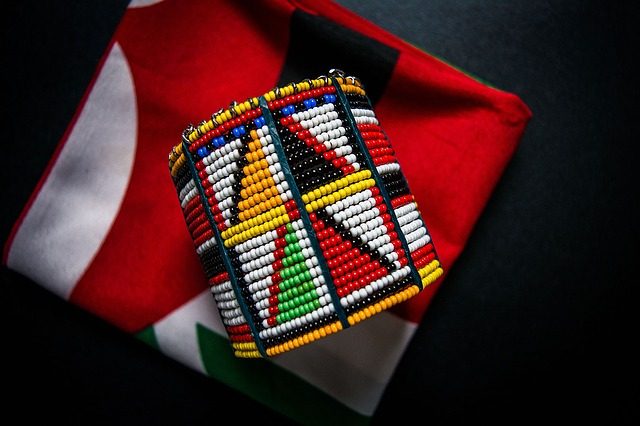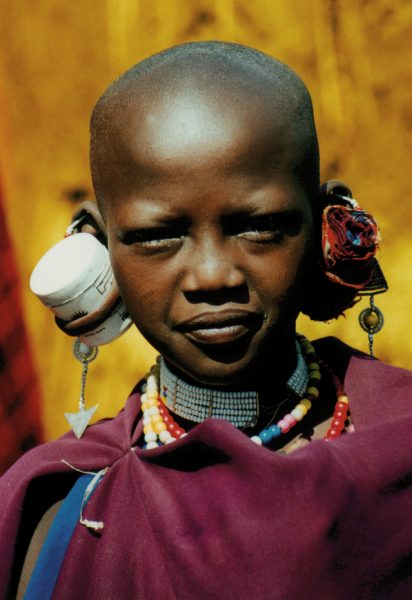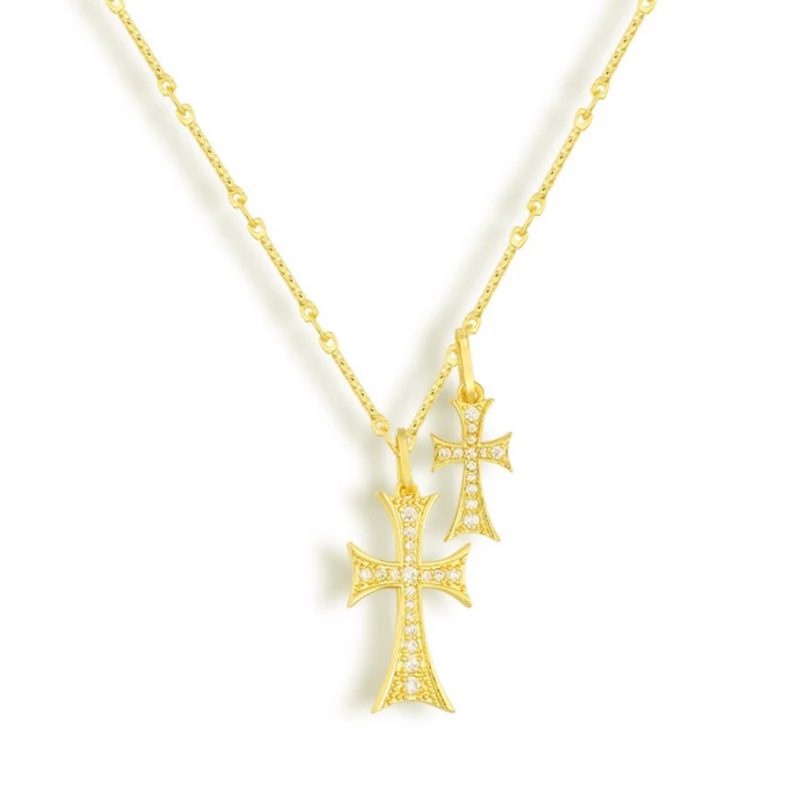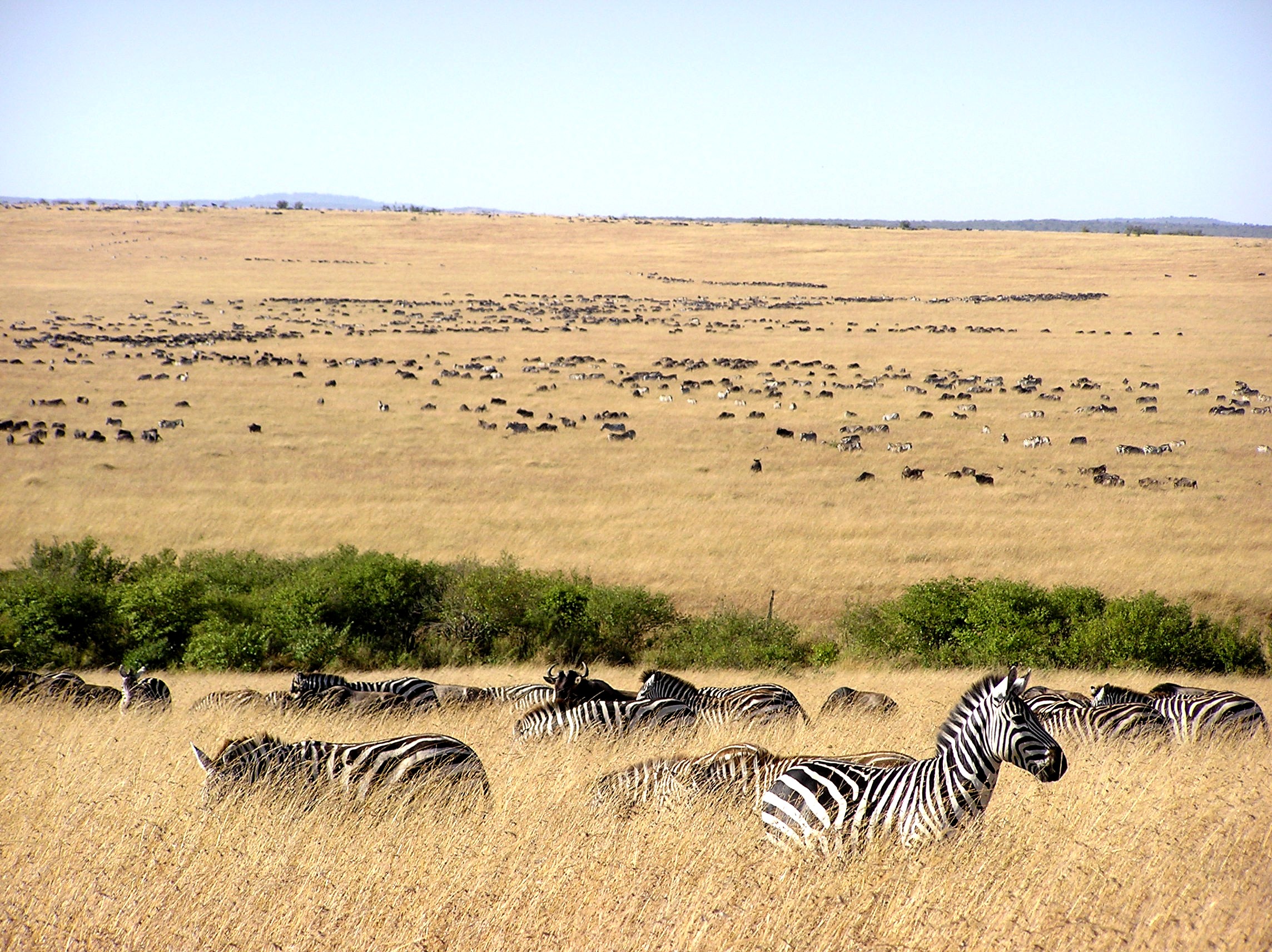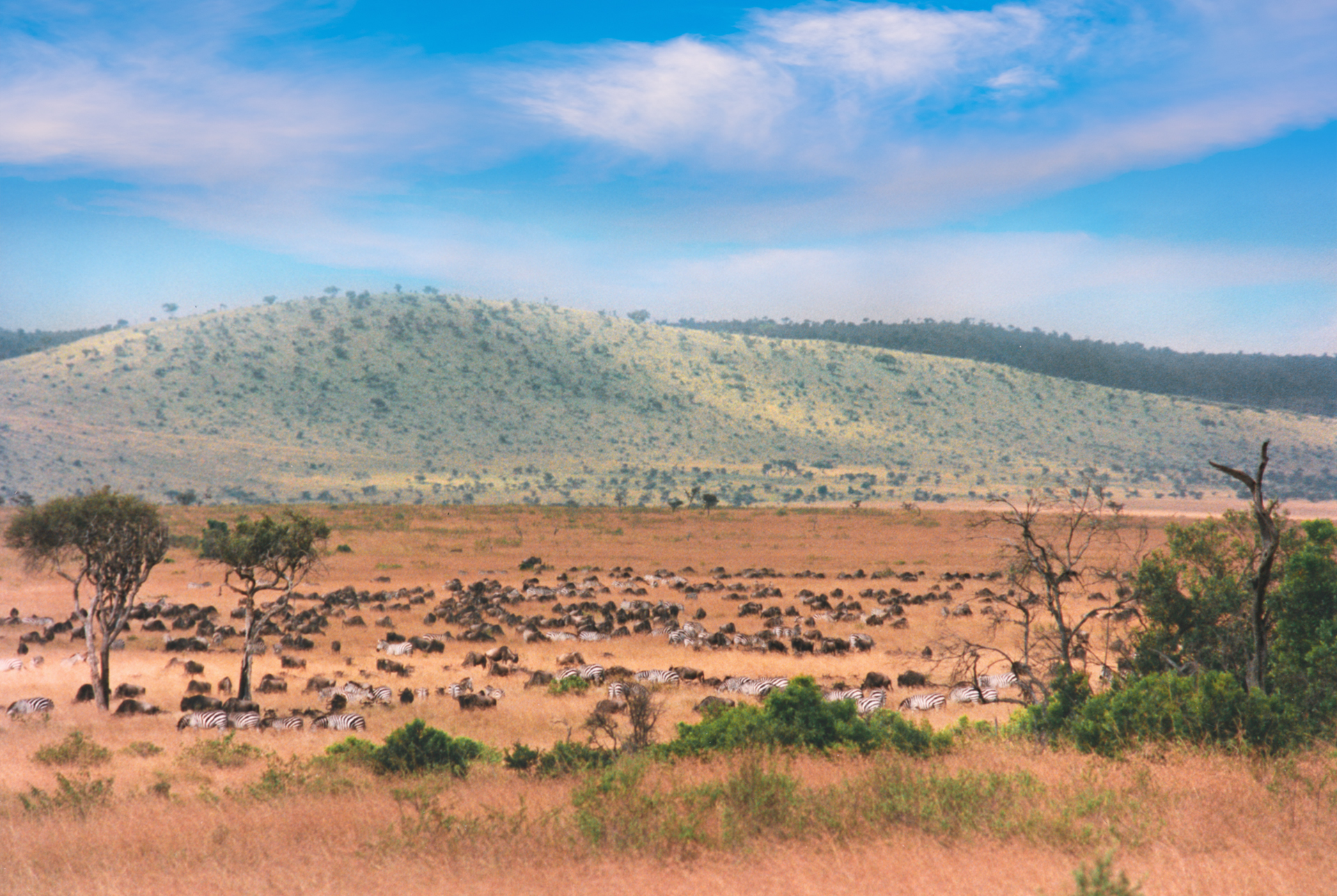Rich Significance Of Traditional Maasai Ornaments
Stereotypical Maasai image
A stereotypical image is that of a Maasai clad in a shuka standing tall and slender in stylish long ochre-dyed hair with a spear clutched in hand. Shuka is a Maasai garment which is a piece of cotton fabric. The wearer, depending on his personal style, wears it in a variety of ways. Initially, they made it out of animal skins mostly cowhide. They then rub it with dye or color to make it red. They also have a peculiar posture. While standing, they hook their right foot on the crook of their left knee. Or, they jump in a trance-like state in uniformity in one spot.
Symbolism of beads
For hundreds of years, Maasais have handcrafted jewelry using beadwork. Before the arrival of Europeans to Kenya, they used items such as sticks, shells, dried grasses, seeds and other natural materials as beads which look similar to the Maasai beads of today. Maasai beadwork represents the whole of Maasai culture embodying beauty, strength, tradition, marriage, warriorhood, marital status, age set, social situation and their deep devotion and love for their cattle. For outsiders, the beadwork worn by Maasais may seem nothing more than a decoration that enlivens dancing and ceremony. In modern times, Maasai beads make many beautiful functional items. But for the Maasais, the beads capture their entire world. They often give it to tourists as a sign of respect and gratitude. Visitors to Kenya often end up buying the unique bead jewellery, which is one of the most popular items.
Collar for brides
The mothers of brides make a distinct wedding necklace. It represents the map of the village. The collar is a large leather circle. It is full of beads. They are in geometric shapes with a square section in the front. The hole in the center represents the heart of the village where they keep the cattle, sheep, and goats at night. There are also some beaded strings hanging from it which represent the dowry given by the groom to the bride. Dowry here is cattle. Cowry shells are attached to the bottom which is the symbol of peace. Plaited beadworks represent the interconnection between the couple. Each and every part of the collar stands for some aspect of the community of the bride.
Collar for ceremonies
Women wear similar beaded collars in ceremonies and everyday life as a sign of beauty and wealth. The patterns and colors used in these collars indicate the wearer’s tastes. For example, a light-and-dark pattern shows that the woman favors zebras. An orange color indicates her love of sunset. Each color of the beads represents a different aspect of their culture.
Color of beads
For Maasais, red is the primary color and is considered sacred. They wear shuka or a blanket which is red in color to protect themselves against predators. It represents blood symbolizing bravery, unity, strength and the incredible challenges Maasais face each day. Yellow stands for the sun which helps grow the grass for life sustenance and to feed the livestock symbolizing fertility, happiness, prosperity and growth. White is the color of the milk of their sacred cow that provides sustained nourishment. Hence it is holy and symbolizes purity. It also represents health because of the nutrients it provides to the people. Black symbolizes unity, solidarity, and harmony representing the color of their people and the daily struggles.
Affinity to blue
Maasai religion says that God gifted them all the cattle in the world by dropping them from the sky through a rope. Hence, they have a profound sense of entitlement and responsibility of raising them. Moreover, cattle are their primary source of food, shelter, and clothing. Hence, cows are revered by the Maasais. And the sky provides water for their livestock and the people. So, the color of the clouds, blue, symbolizes energy and sustenance. The color has a strong connection to God. It represents fertility of the land that provides food for their livestock and people symbolizing the need for nourishment, production, protection of one’s territory and putting down of roots.
Shields are earned
Maasais use their shields primarily in defense against a lion’s charge or an enemy spear thrust. But it also has a secondary significance. Shields express art and culture. They also function as symbols of identification and prestige objects. They are highly codified and indicate complex lineage identification system and Maasai subgroups. Markings on a shield convey the status and honor of its owner. Similarly, designs revealed many details about the bearer such as his prowess as a warrior. For example, a red badge is only painted with a high-ranking chief’s permission because it signifies bravery in battle. Red shields were for the mature warriors while the younger ones were only allowed gray, black, or white on their shields. A white star indicates that the owner has committed an act of bravery. Shields were handed on to a chosen successor strictly on merit rather than birth.
Accessories as signs
To show that a man has killed another man he wears something called errap around the top arm. They make them using leather with metal wire coils in the front and the back. If a Maasai kills a lion, he wears the lion’s mane as a headdress which is called Olawaru. But if the lion survived after the fight, he wears a circlet called enkuwaru made of ostrich plumes. Moreover, the Maasai’s hair is a living symbol of their culture and tradition. Those who wear plaits proves he is a true Morani adhering to their traditions.
Rites and ceremonies
Maasai take their rites and traditional ceremonies very seriously. It is uncommon to allow outsiders to attend. The juniors have to carry out a task called Olomaylo. It is a very daunting and daring task to test how courageous they are. The task is to fight a lion and escape from it. They performed it in the earlier days; however, in recent times for wildlife endangerment reasons, it is prohibited.
Major tourist attraction
There are many more symbols, markings, and designs in the Maasailand other than beads, shields, and dressing that convey various messages. Over a century, the Maasai tribe has preserved their traditional ways and rich culture earning them worldwide respect. But they have also cleverly adapted to globalization. They use Western curiosity about traditional Kenyan cultures to their advantage by charging for any photographs taken of them.
5 Frequently Asked Questions About Maasai Symbols
To book a safari in Maasai Mara, please fill out the following form or simply email us on safaris@safari-center.com

